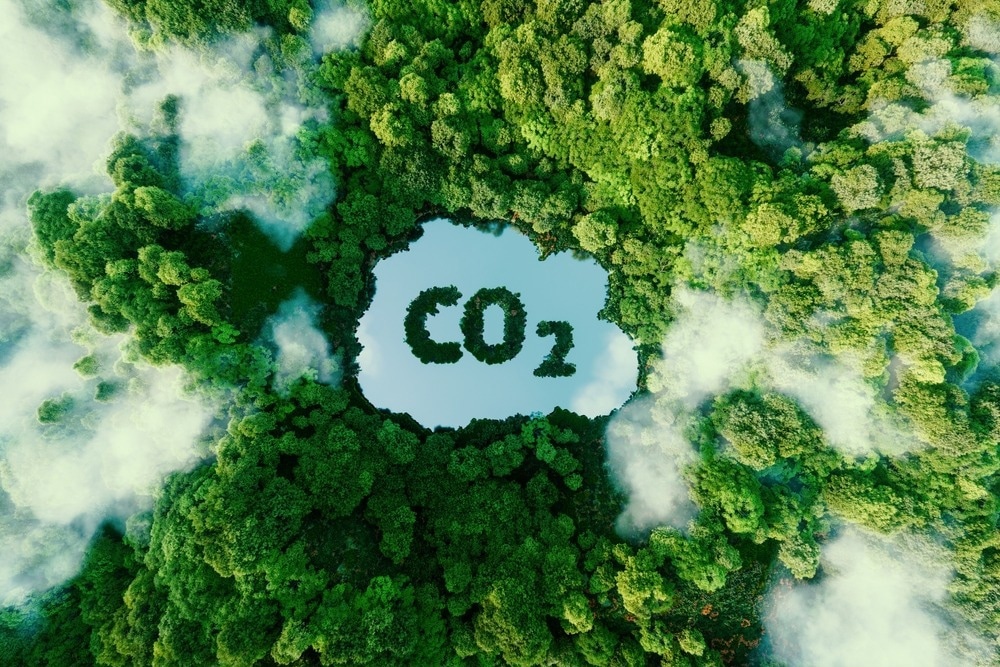Research headed by the Spanish National Research Council’s (CSIC) Institute of Environmental Assessment and Water Research (IDAEA) and the Mediterranean Institute for Advanced Studies (IMEDEA CSIC-UIB) found that injecting billions of tons of atmospheric CO2 (carbon dioxide) underground has a low risk of leakage back to the surface.

Image Credit: petrmalinak/Shutterstock.com
CO2 would stay deep in the subsurface for millions of years, even if the overlying low-permeability rocks were fractured, according to the simulations. These findings suggest that this technology, known as geological CO2 storage, can be used to combat climate change safely.
The research was conducted in partnership with the Lawrence Berkeley National Laboratory and the University of Illinois at Urbana-Champaign and was published in the journal Geophysical Research Letters. This interdisciplinary study designed a novel methodology for calculating the probability of CO2 leakage over a time scale of millions of years, which is much bigger than what has previously been investigated.
The objective of CO2 storage is to take this greenhouse gas from the hard-to-abate industry and inject it deep underground. For the gas to remain at depth, it must be injected into rocks with high permeability and porosity, such as sandstones. However, there is a risk of CO2 leakage, as CO2 is less dense than the saline water that fills the pores at great depth, so it can float upwards and leak back to the surface.
Iman Rahimzadeh Kivi, Study First Author and Researcher, Institute of Environmental Assessment and Water Research, Spanish National Research Council
To determine the risk of CO2 leakage, scientists used numerical transport models in two distinct scenarios to predict the gas flow to the surface after injection at 1.550 m depth (the typical depth for storing the gas underground).
According to Victor Vilarrasa, a researcher at IMEDEA-CSIC-UIB and principal author of the study, “Our predictions show that, in the best-case scenario, when the underground rock properties remain intact, the CO2 would only rise 200 m upwards after one million years. In our worst-case scenario, when the rocks present a large number of fractures, CO2 would rise 300 m upwards.”
This means that even in the worst possible scenario, the CO2 would be indefinitely contained in the subsurface at 1250 m depth for millions of years.
Iman Rahimzadeh Kivi, Study First Author and Researcher, Institute of Environmental Assessment and Water Research, Spanish National Research Council
The authors emphasize that this research is important for increasing confidence in the security of underground CO2 storage to accomplish carbon neutrality and minimize the impacts of the climate emergency.
The scenarios proposed by the Intergovernmental Panel on Climate Change (IPCC) to achieve zero emissions, and even net-carbon removal from the atmosphere, require geological CO2 storage. And this study shows that permanent CO2 storage can be safely achieved.
Victor Vilarrasa, Study Principal Author and Researcher, Mediterranean Institute for Advanced Studies, Spanish National Research Council
The research funded by the MCIN/AEI/10.13039/501100011033 and by the European Union NextGenerationEU/PRTR has been developed in the framework of the project EASY GEO-CARBON (PCI2021-122077-2B).